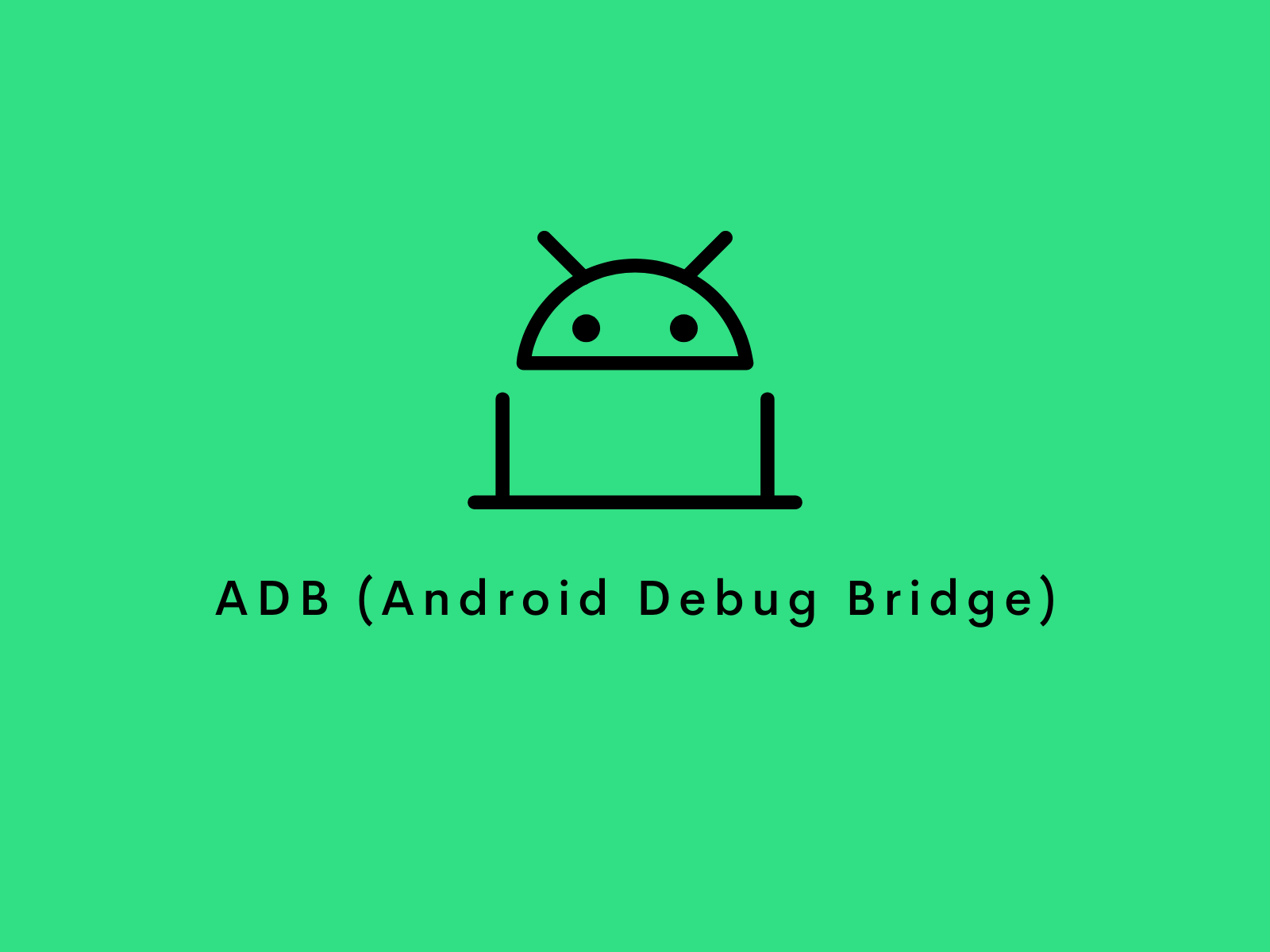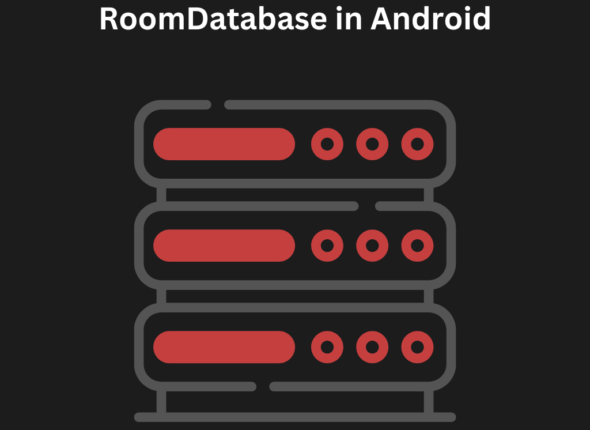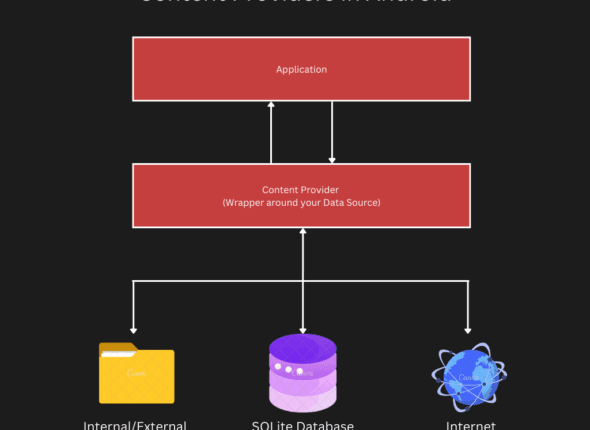
Android SDK stands for Android Software Development Kit which is developed by Google for Android Platform with the help of Android SDK, we can create android Apps easily. Android SDK is a collection of libraries and Software Development tools that are essential for Developing Android Applications.
Components of Android SDK
Android SDK consists of five components which are as follows:
- SDK Platform
- SDK Tools
- SDK Update Sites
- Android Emulator
- ADB
1. SDK Platform
Whenever a newer version of Android is released Google will also release a newer SDK alongside it. so all updates related to the new SDK will be shown in the SDK platform. New SDK platform tools are also available to download in SDK Platform tools.
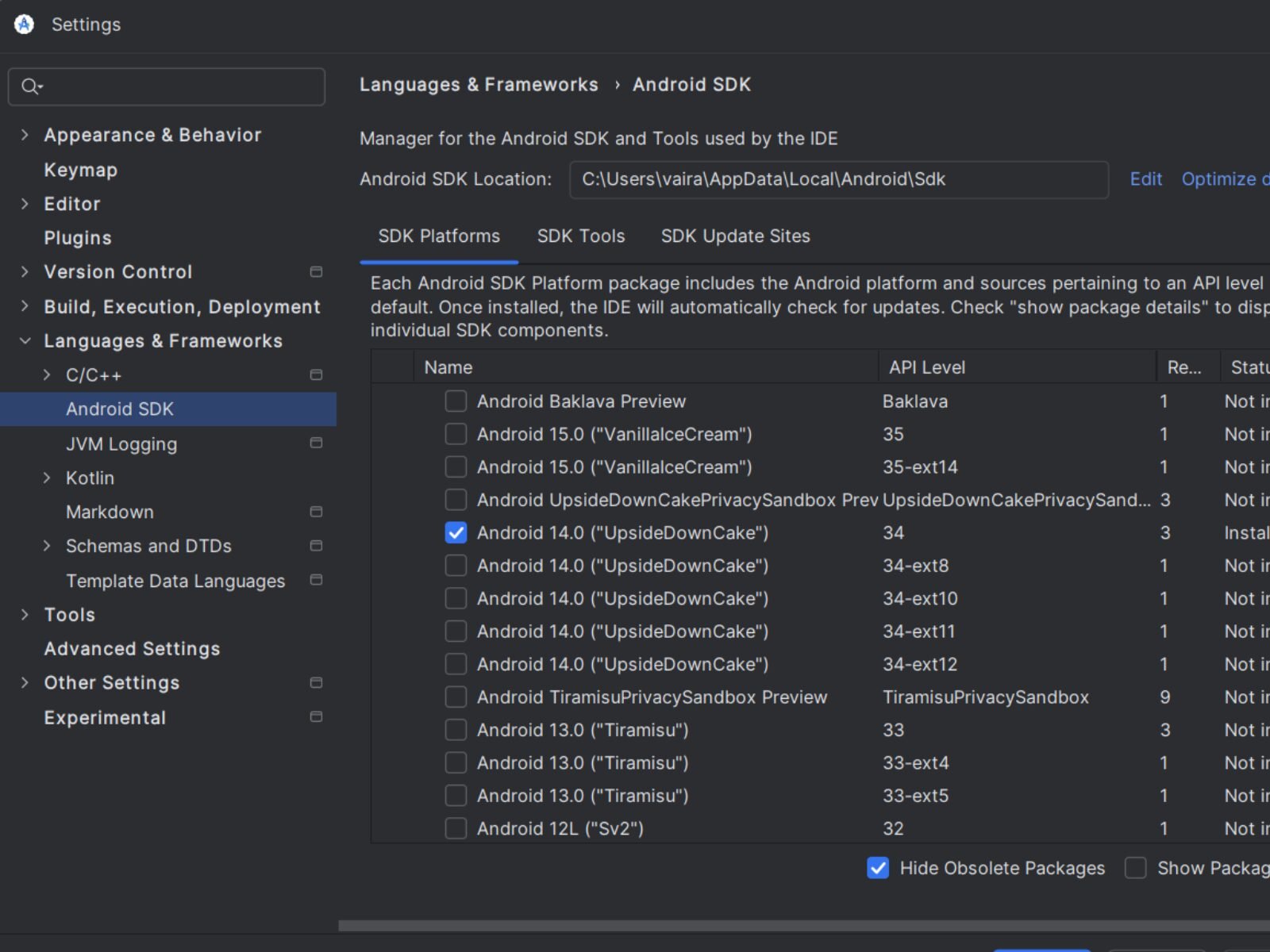
2. SDK Tools
SDK tools is a package of many essential tools that are required for Android development. SDK tools consist of several different components such as Android SDK Build tools, NDK,
Android SDK Command Line Tools, and other tool
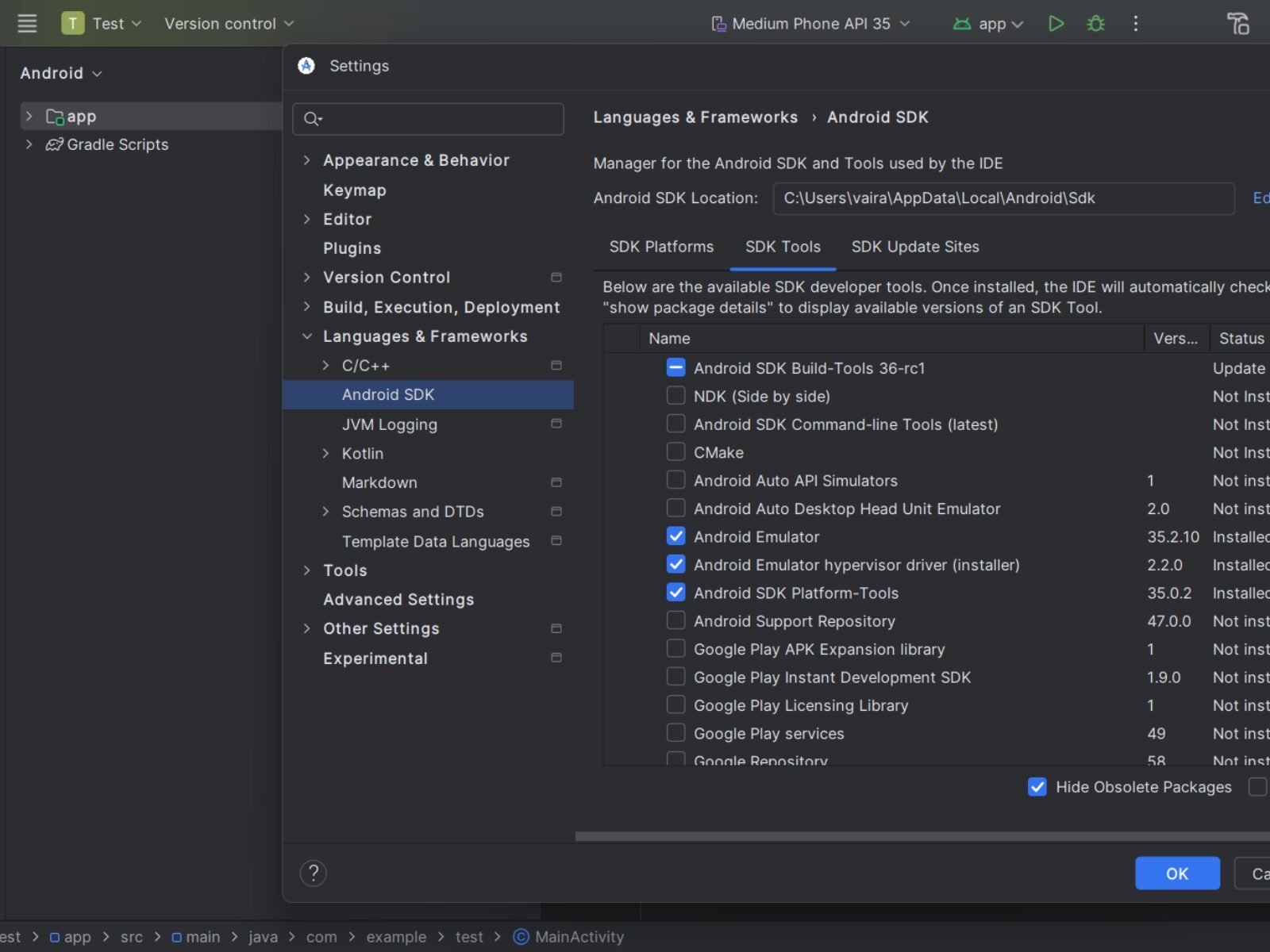
3. SDK Update Sites
SDK Update Sites provides collections of different websites that are required for installation for different SDK components inside your Android SDK. These sites are Google websites that provide installation details for different SDK components in Android SDK.

4. Android Emulator (AVD)
Android Emulator is a virtual Android mobile device which is provided by Android studio
IDE (Integrated Development Environment). We can use this virtual device to run our
Android studio applications on it.
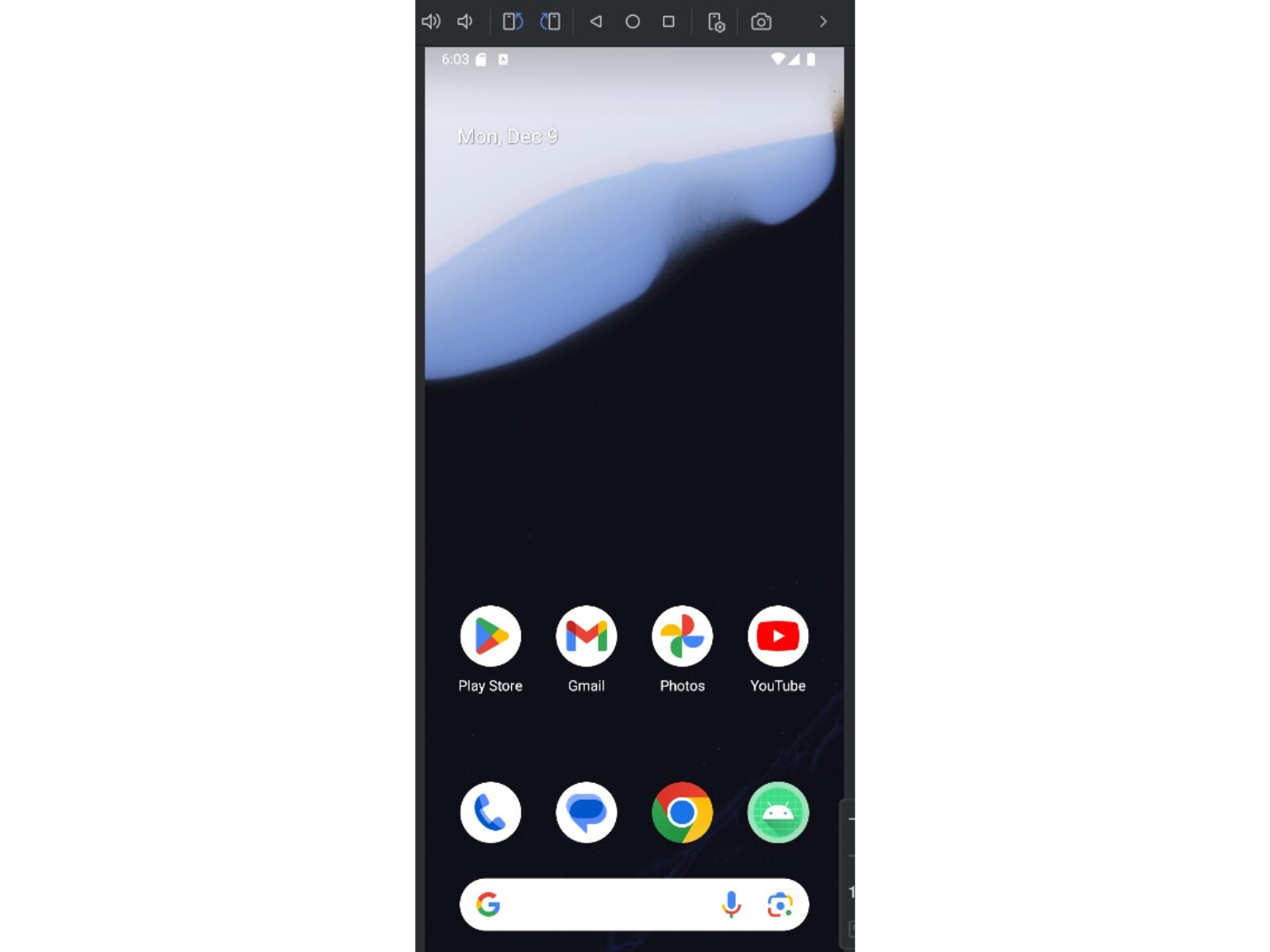
5. ADB (Android Debug Bridge)
ADB is a key part of Android SDK Android Debug Bridge is a versatile command-line tool that Lets us communicate between a computer and a Connected Android Device or Emulator. It is used to install, uninstall, and update apps It executes commands directly on the device. It is helpful to clear app data and cache.
